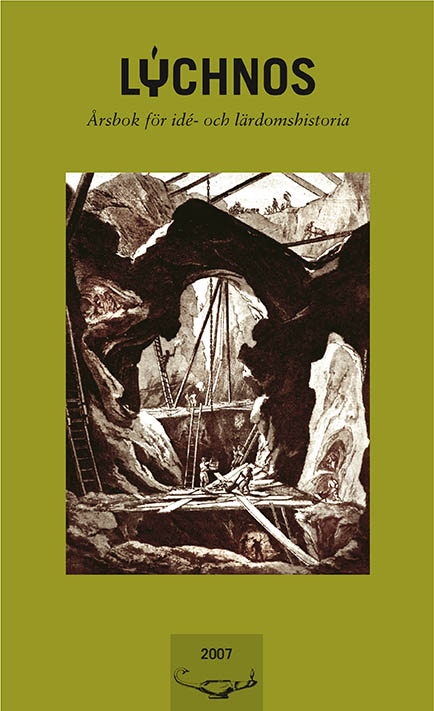Eric Gustaf Lidbeck, utility and nature
Abstract
The Linnaean disciple Eric Gustaf Lidbeck played a significant part in the development of botany at the University of Lund, where he substantially improved the Botanical Gardens as well as the teaching of botany. At the time of Lidbeck's arrival in Lund in the middle of the 18th century, botany was still a subsidiary subject to medicine and at times rather neglected; during his time as professor of natural history, however, its importance increased. Not surprisingly it was often connected with economical matters, since Swedish authorities were greatly concerned with developing techniques, products and crops to further the economic stability of the country. When Lidbeck was appointed professor at Lund he was also made director of the Skåne Plantation Bureau. As its director he advocated a broader and more expansive approach to agriculture and forest management in Skåne, the southernmost province of Sweden. He pleaded for the planting and economical exploitation of all kinds of plants, bushes and trees. To produce a domestic raw silk he had, for example, thousands of mullberry-trees planted in Skåne. As professor he presided over several dissertations concerning the landscape and plantations in Sweden, especially in Skåne. In the light of these dissertations this essay shows how Lidbeck combined his missions – as a professor of natural history and as a superintendent of the Skåne Plantation Bureau – in a most natural way and how this gave his plantation work an academic attire. Furthermore, the dissertations outline a clear picture of Lidbeck's way of looking at the landscape, at utility and at nature.
Downloads
Published
Issue
Section
License
This work is licensed under a Creative Commons Attribution 4.0 International License. The copyright for the work published in Lychnos remains with the authors.


